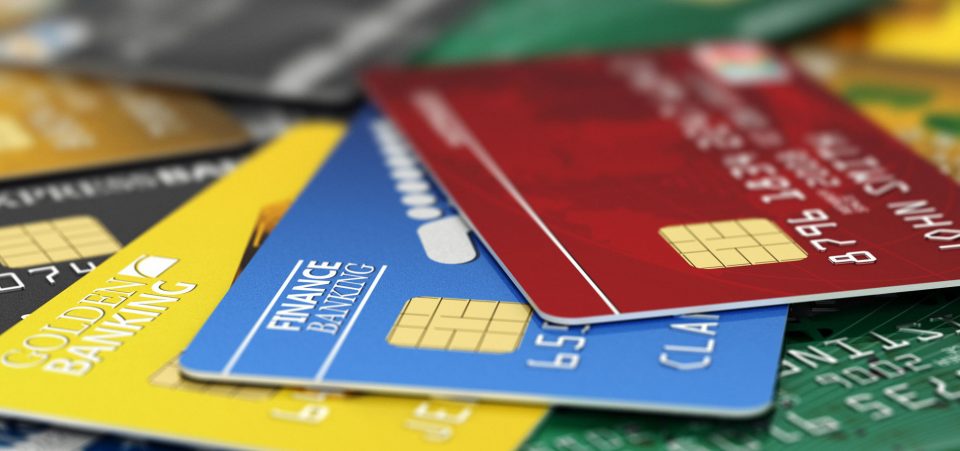Credit Card Debt Warned About the 2007-08 Financial Meltdown. It’s Back…
Black Friday should be a day when nobody buys anything! People should take advantage of November 25 to reflect on the impacts of our mode of consumption. Considering the average American’s credit card debt—and consumer debt in general—one almost wishes such a rule were mandatory. Debt is threatening a financial meltdown.
No amount of stimulus from President-elect Donald Trump’s tax cuts will help resolve the spiraling problem of consumer debt. A recent survey suggests that, on average, Americans own 2.6 credit cards each. That becomes 3.7 when limiting it to just the stats of those who actually own credit cards. Could a financial meltdown be around the corner? (Source: “Digging into our Debt Pile,” Santa Maria Times, December 8, 2016.)
The problem goes beyond credit cards. A growing number of digital pay options compel consumers to use credit cards. They also encourage more spending, 24 hours a day, 365 days a year. The result is that the average American household debt in 2015 was $90,000. (Source: Ibid.)
Why is credit card debt a risk to the overall economy rather than simply the debtor? Because credit cards are a barometer for the financial state of households. Given the effects of the subprime mortgage crisis, consumer debt alerts the market about the build-up of bubbles that could blow up, taking down the entire financial system.
Recent Credit Card Debt Levels Are Frightening
Therefore, the $21.9 billion in credit card debt that U.S. consumers have racked up in the third quarter of 2016 should make everybody nervous. This was also the largest third-quarter debt increase since 2007. In other words, it’s the largest since the explosion of the subprime bubble. (Source: “2016 Credit Card Debt Study: Trends & Insights,” WalletHub, December 8, 2016.)
Some observers suggest that the surge of credit card debt represents a pre-recession habit. They also expect that Americans will end 2016 with some $80.0 billion in credit card debt and outstanding balances on par with the all-time record. When was this dubious record achieved, you ask? In 2008. (Source: Ibid.).
The odd factor, however, is that, unlike 2007 or 2008, gas prices have been relatively lower (oil went to $140.00/barrel in July 2008). Interest rates were historically low, but not as low as they have been since after the subprime blowup. So, in relative terms, the consumer debt situation is worse today than on the eve of the Great Recession.
The credit card debt adds to mortgage debt, student debt, and auto loan debt. The latter has been the object of much defaulting lately. The availability of cheap credit from auto-loan companies has inflated an auto-loan bubble, which could burst at any time.
Credit is great for retailers. It allows them to sell goods to people who technically cannot afford them. If you have a balance of $10,000 on your credit card and only reimburse the minimum amount of $200.00 (at the usual credit card interest rate of 19.8%), you will need 80 years and one month to get rid of this debt! You will then have paid a $45,350 credit fee.
One often forgets to calculate how much the purchased good will actually cost. Or better, most consumers prefer not to know. The use of credit has become a veritable addiction. Like many addictions affecting a large number of people, it’s a problem. This one threatens to cause another financial meltdown.






